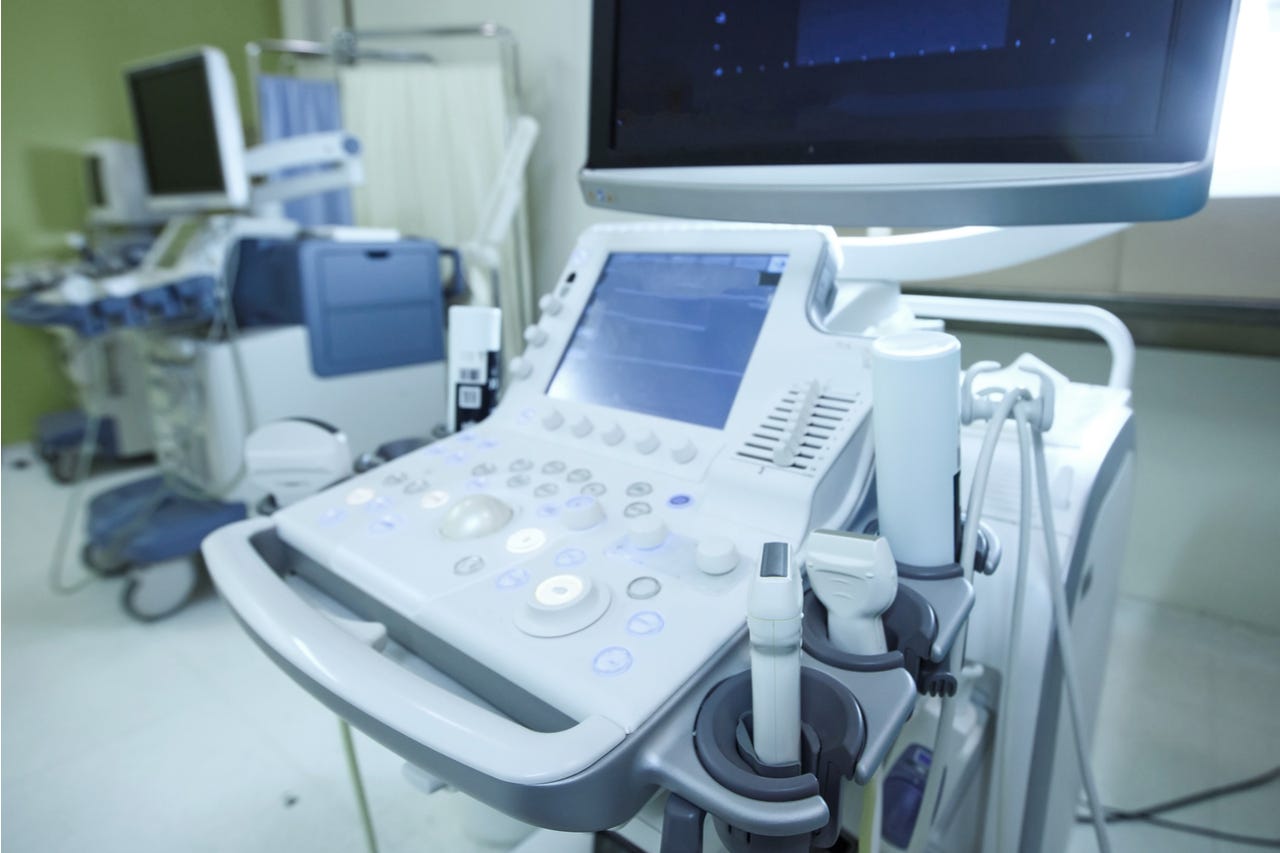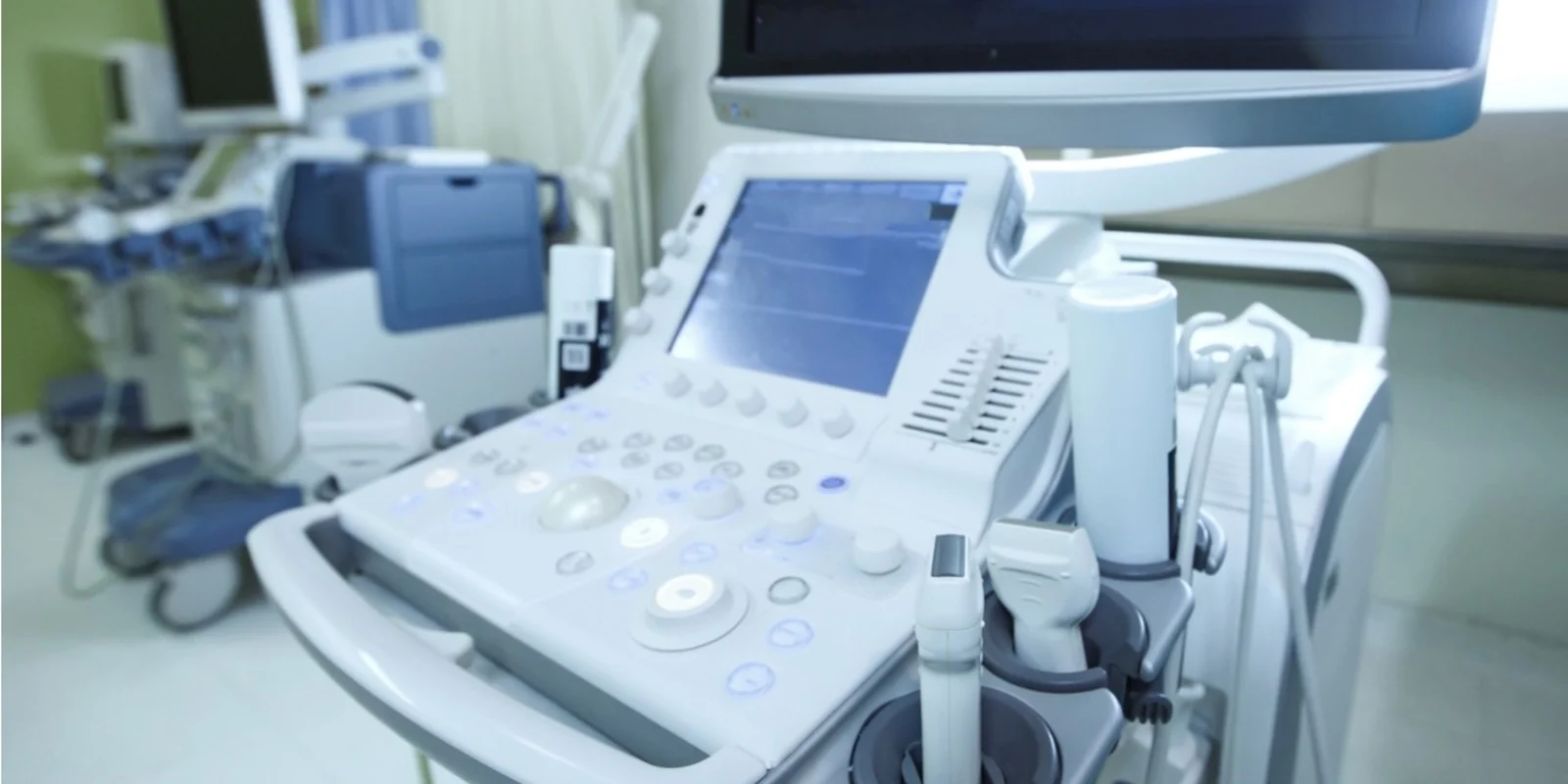
In medical school, we spend hours learning about the human body. And, a large proportion of our time is spent learning to fine tune our physical examination skills. Modern physical diagnosis has been credited to 10 individuals: Hippocrates, Vesalius, Morgagni, Sydenham, Auenbrugger, Corvisart, Laennec, Louis, Mueller, and Osler. According to H. Kenneth Walker in “The Origins of the History and Physical Examination,” it was Osler who “wove” together the threads of modern diagnosis when he applied modern precision instruments. A well accepted notion is that over three quarters of all diagnoses can be made from a thorough history and physical examination. In the right hands, the use of an ultrasound can most certainly increase that percentage.
I can count the numbers of years since matriculation from medical school on my fingers; a decade has not passed. During my young career, I have benefited from the wisdom and insight of some of the best clinician educators this world has to offer. The importance of the physical exam was always emphasized through medical school and in the wards. Heart sounds were used to diagnose a murmur and estimate its severity. Auscultation of the lungs yielded rales, rhonchi, wheezing, and other adventitious sounds. Palpation was used to assess for abnormal fluid collections. Shifting dullness was checked for to assess for ascites. There were dozens of eponyms of what were deemed classic examination findings. I used to believe knowing these appellations for examination abnormalities made you an astute clinician. Times have changed, and I thought wrong.
A significant proportion of my time now is spent in the intensive care unit. Assessments and decisions are made every minute. In my arena, the physical examination can be unnervingly deceiving. It is the stepchild whose existence is recognized, but often overlooked. It seems all patients have edema, distended abdomens, and crackles at the bases of their lungs. During rounds, the subjective assessment and physical examination component is often truncated, and significant amount of time is spent on the objective data. I have realized that some of the physical examination findings we have been taught are obsolete in modern medicine. The well-known eponyms of aortic regurgitation have questionable specificity. In acute heart failure, the highest positive likelihood ratio is the chest radiograph showing pulmonary venous congestion, not a physical examination finding. As I mature as a clinician, I see the evolution of technology play a larger role at the bedside. And like those who came before us, such as Osler, we need to incorporate useful technology into our examinations.
In the realm of physical examination, the use of point-of-care ultrasound is now primetime. Armed with an ultrasound, an abundancy of gel, and eager eyes, I can make assessments in seconds. I can visualize and estimate a severity of murmurs, objectively confirm and store images of ascites and pleural effusion, estimate a patient’s volume status, evaluation for a pneumothorax, and asses for consolidation in the lung. I quickly realized the tremendous advantages of this tool: easy availability, shallow learning curve (for most assessments), and the lack of radiation. Not only can I view the data real time, I can store it as well. In addition to its diagnostic appeal, parents are appreciative when you spend the time to show them what is going on with their bodies. It adds another degree of confidence to your assessment and helps build the patient-physician relationship. The images can be saved for review and critiqued later. These are all things you cannot accomplish with a standard physical examination.
As I write this article, I contemplate how medicine will continue to advance. How will technology affect the patient at the bedside in the years to come? Will the physical examination still be relevant in a decade? Do medical schools need to focus more on incorporating ultrasound-based diagnostics over auscultation, palpation, and percussion? If the Centers for Medicare & Medicaid Services did not require certain components of a physical examination for billing, do we still need to do them to effectively provide high value care in the 21st century?
I do not have the answers to these questions, but I do wonder about them as I continue to build the foundation of my career.








